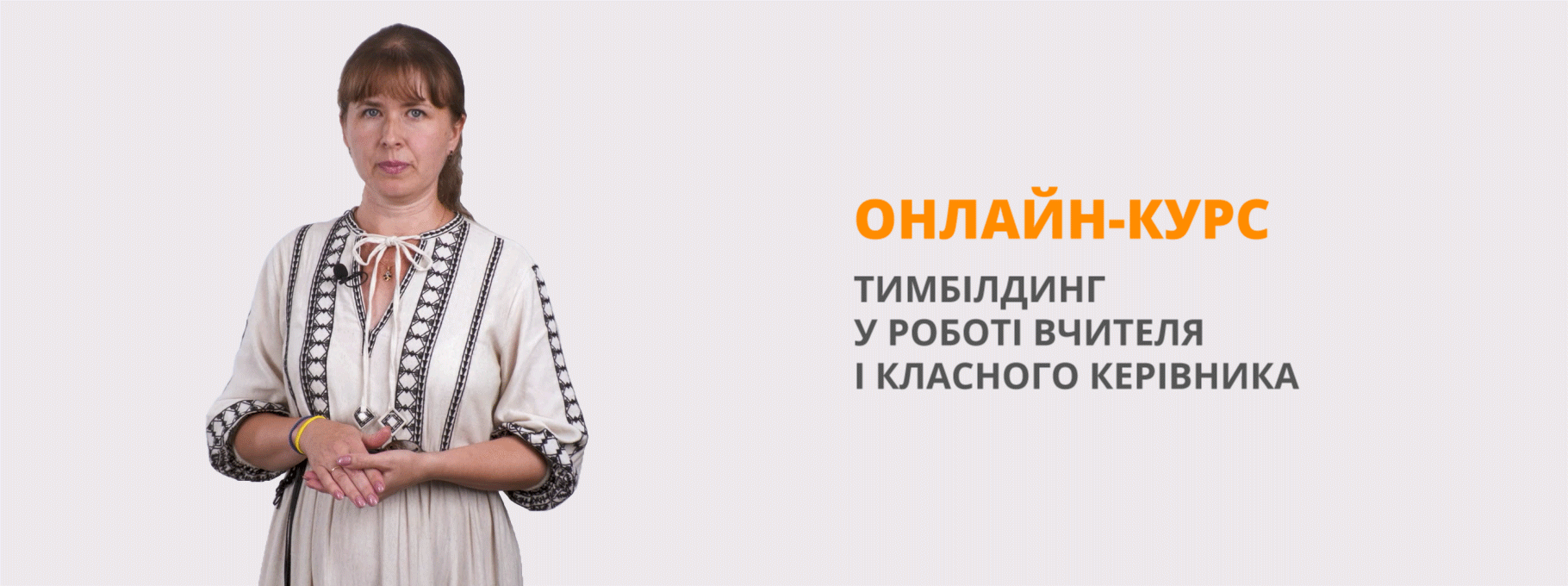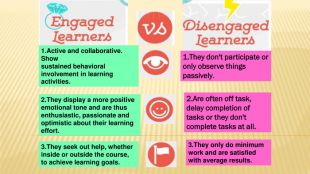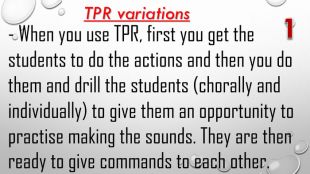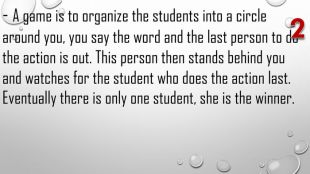Науково- практична конференція " талант та елітарність". "Teaching English to school children"
Про матеріал
Have you ever asked me why I show up to work every day? If you have, you probably heard my answer like “for my students” and “because my kids are my purpose.” Most our educators are selfless in their pursuit of bright, promising futures for their learners, so having tools to ensure teacher motivation is essential.
One of the most difficult aspects of a teacher is learning how to motivate your students. It is also one of the most important. Students who are not motivated will not learn effectively. They won’t retain information, they won’t participate and some of them may even become disruptive. While motivating students can be a difficult task, the rewards are more than worth it. Motivated students are more excited to learn and participate.
Перегляд файлу
Зміст слайдів
pptx
До підручника
Англійська мова (10-й рік навчання, рівень стандарту) 11 клас (Карпюк О.Д.)
Оцінка розробки


Безкоштовний сертифікат
про публікацію авторської розробки
про публікацію авторської розробки
Щоб отримати, додайте розробку
Додати розробку






































